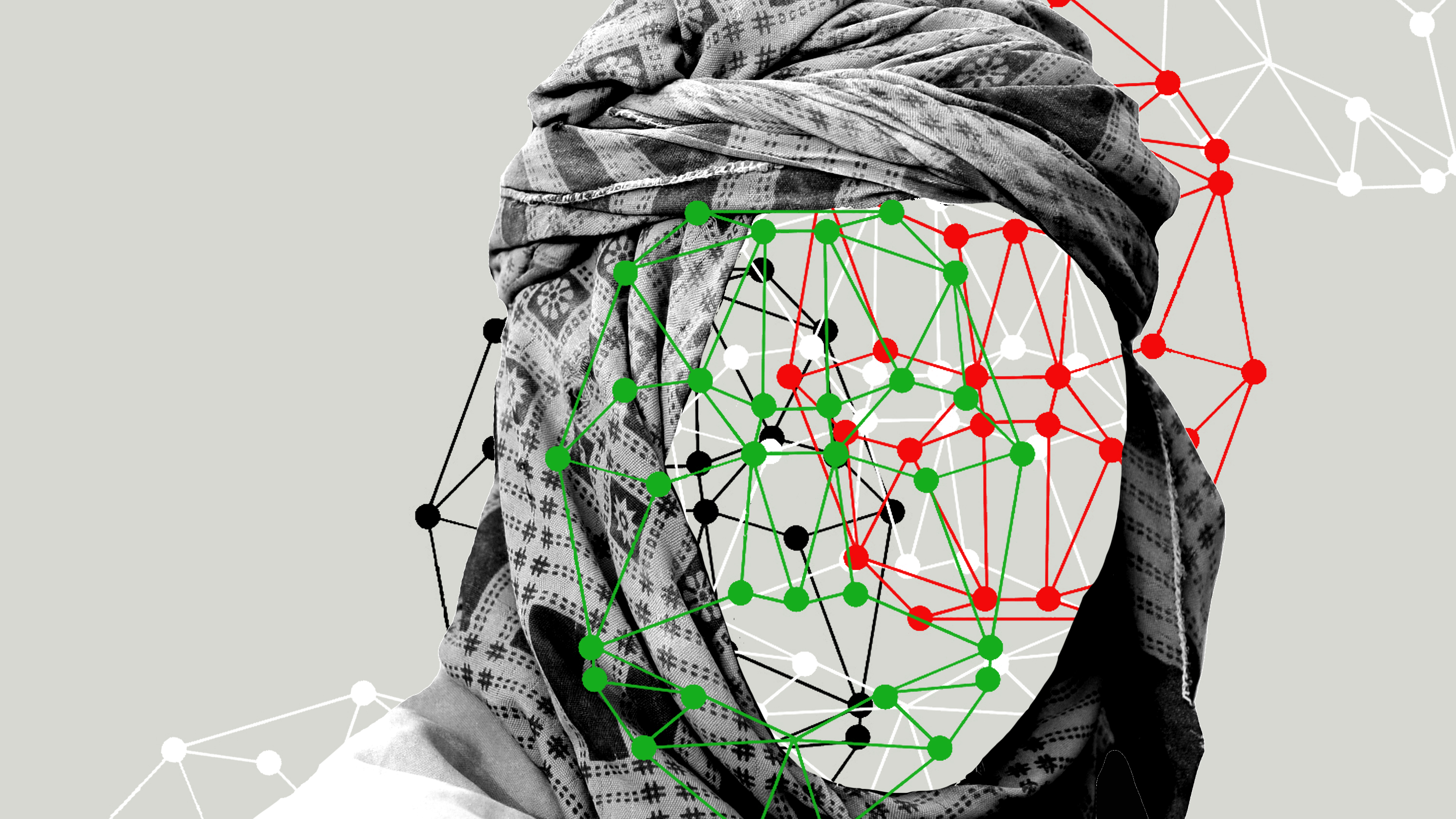
This is consistent with prior Afghan news reports that described the Taliban subjecting bus passengers to biometric screening and using biometric data to target Afghan security forces for kidnapping and assassination.

Another report indicated that the Taliban have already started to deploy a "biometrics machine" to conduct "house-to-house inspections" to identify former Afghan officials and security forces. Like many national intelligence services, ISI likely has the necessary technology. However, it's possible the Taliban could turn to longtime ally Inter-Services Intelligence, Pakistan's intelligence agency, for help getting at the data. One report suggested that the Taliban may not be able to access the biometric data collected through HIIDE because they lack the technical capacity to do so. It's too soon after the Taliban's return to power to know whether and to what extent the Taliban will be able to commandeer the biometric data once held by the U.S. The Afghan ID, the e-Tazkira, is an electronic identification document that includes biometric data, which increases the privacy risks posed by Taliban access to the National ID system.
#Hiide machine registration#
In addition, the Afghan National ID system and voter registration databases contained sensitive data, including ethnicity data. These included evidence for criminal prosecution, clearing Afghan workers for employment and election security. and Afghan military for security purposes, the Department of Defense and the Afghan government eventually adopted the technologies for a range of day-to-day governmental uses.

More data equals more people at risk In addition to the use of biometric data by the U.S. It is unclear how close the military came to this goal. Over the years, to support these military objectives, the Department of Defense aimed to create a biometric database on 80% of the Afghan population, approximately 32 million people at today's population level. That device was replaced by the Identity Dominance System-Marine Corps in 2017, which uses a laptop with biometric data collection sensors, known as the Secure Electronic Enrollment Kit. Army and Marine Corps used the Biometric Enrollment and Screening Device, which enrolled the iris scans, fingerprints and digital face photos of "persons of interest" in Afghanistan. Army and its military partners in the Afghan government were using biometric-enabled intelligence or biometric cyberintelligence on the battlefield to identify and track insurgents.

Intelligence analysts can also use the system to monitor people's movements and activities by tracking biometric data recorded by troops in the field.īy 2011, a decade after 9/11, the Department of Defense maintained approximately 4.8 million biometric records of people in Afghanistan and Iraq, with about 630,000 of the records collected using HIIDE devices. In addition to biometric data, the system includes biographic and contextual data such as criminal and terrorist watchlist records, enabling users to determine if an individual is flagged in the system as a suspect.

Users of these devices can collect iris and fingerprint scans and facial photos, and match them to entries in military databases and biometric watchlists. HIIDE is a single small device that incorporates a fingerprint reader, iris scanner and camera. BAT includes a laptop, fingerprint reader, iris scanner and camera. forces were collecting biometric data primarily through mobile devices such as the Biometric Automated Toolset (BAT) and Handheld Interagency Identity Detection Equipment (HIIDE). military personnel had been trained to collect biometric data to support the wars in Afghanistan and Iraq.


 0 kommentar(er)
0 kommentar(er)
